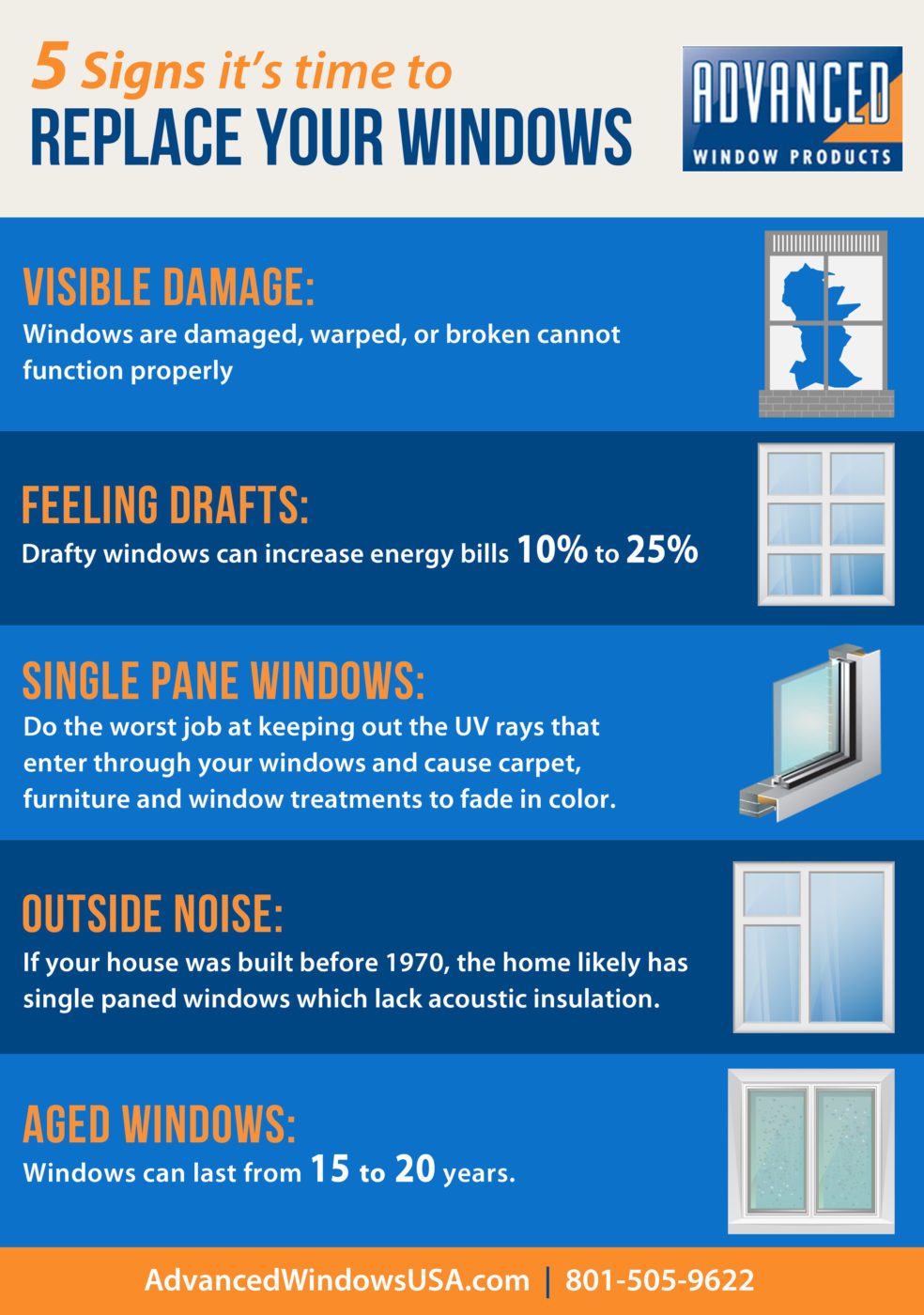The Most Reliable Stress Washing Methods For Different Surface Areas
The Most Reliable Stress Washing Methods For Different Surface Areas
Blog Article
Post By-Stone Hodges
When it involves pressure cleaning, the technique you pick can make all the distinction in achieving a clean, streak-free surface. You may discover that tough surface areas, like concrete, need a different method than softer materials, such as timber or vinyl. It's necessary to adapt your techniques to the surface area kind to avoid damage while optimizing cleansing efficiency. So, what are the best strategies for each and every surface, and how can you guarantee you're using the right setups and tools for the task? Let's explore what you require to understand to obtain the best results.
Difficult Surfaces
When it comes to press cleaning difficult surface areas, prep work is essential. Before you even think about pulling out the stress washing machine, take the time to remove the location of any type of debris, furnishings, or barriers. You do not want anything entering your method or potentially harmful your devices.
Next off, evaluate the surface for any type of splits or damages; this will certainly help you establish the ideal method and stress setups.
When you've prepared the location, it's vital to select the appropriate nozzle. For tough surfaces like concrete or block, a narrow nozzle (15 or 25 degrees) works best to offer a concentrated stream of water that can successfully get rid of gunk and discolorations. Constantly start at a distance and progressively move better to avoid any surface damage.
As you start washing, maintain the wand transferring to stop touches and over-saturation. It's also helpful to work from the top down, enabling dust and particles to remove naturally.
Ultimately, remember to wash the surface completely after cleansing to eliminate any kind of leftover cleaning agent. With these strategies, you'll achieve a clean and rejuvenated appearance on all your hard surfaces.
Soft Surfaces
Stress washing soft surfaces needs a gentler method to safeguard them from damage. Whether you're cleansing your deck, patio furniture, or home siding, using way too much pressure can cause damages, scratches, or even irreversible harm.
Start by choosing a low-pressure nozzle, preferably a 25-degree or wider spray pattern, to spread the water extra gently.
Before you start, it's crucial to pre-treat any spots with an appropriate cleansing solution. This action allows the cleaner to pass through the dust and gunk, making it easier to wash away without scrubbing as well hard.
Constantly use the remedy from all-time low as much as prevent spotting.
When you begin pressure washing, preserve a range of a minimum of 12 to 18 inches from the surface area. Move your wand in a sweeping motion, maintaining it alongside the surface to prevent focused pressure on one area.
Rinse the location extensively after cleaning up to get rid of any recurring cleaner.
Last but not least, check the surface for any type of missed spots and repeat the process if needed. By following these actions, you can effectively clean soft surfaces while protecting their stability and look.
Specialty Surfaces
Cleansing soft surfaces calls for treatment, yet specialty surface areas demand even more attention to detail. When you take on these surface areas, like delicate wood, tarnished concrete, or specific types of exterior siding, using the right pressure cleaning strategies is crucial to avoid damages.
First, evaluate https://www.bhg.com/homekeeping/laundry-linens/tips-checklists/can-you-wash-memory-foam-pillows/ . For example, dealt with timber can typically endure moderate stress, however softer timbers like cedar may need a reduced setting. Always begin with the lowest pressure and progressively raise if required.
For tarnished concrete, utilize a fan spray nozzle and preserve a constant range to stop etching the surface.
When managing surfaces like plastic exterior siding or painted surfaces, a wide spray pattern assists distribute the pressure evenly, protecting the surface.
It's additionally a good idea to utilize detergents especially developed for specialty surface areas. They can boost cleansing without endangering the product.
https://auditoriumcleaningservice76420.aboutyoublog.com/35439445/discover-the-benefits-of-engaging-professional-window-cleansing-providers-for-your-house after washing to eliminate any deposit, as it can lead to discoloration or deterioration with time.
Conclusion
In conclusion, mastering pressure cleaning techniques for different surface areas can make all the difference in your cleaning outcomes. For hard surface areas, stay with narrow nozzles and a top-to-bottom method, while soft surfaces need a gentler touch with larger nozzles. Do not fail to remember to pre-treat discolorations and rinse completely to prevent residue. By adjusting your approaches per material, you'll not only accomplish a cleaner surface yet additionally shield the integrity of your surfaces. Satisfied cleansing!
